Phase Change Physics
Theoretically understand and experimentally characterize interfacial heat and mass transfer
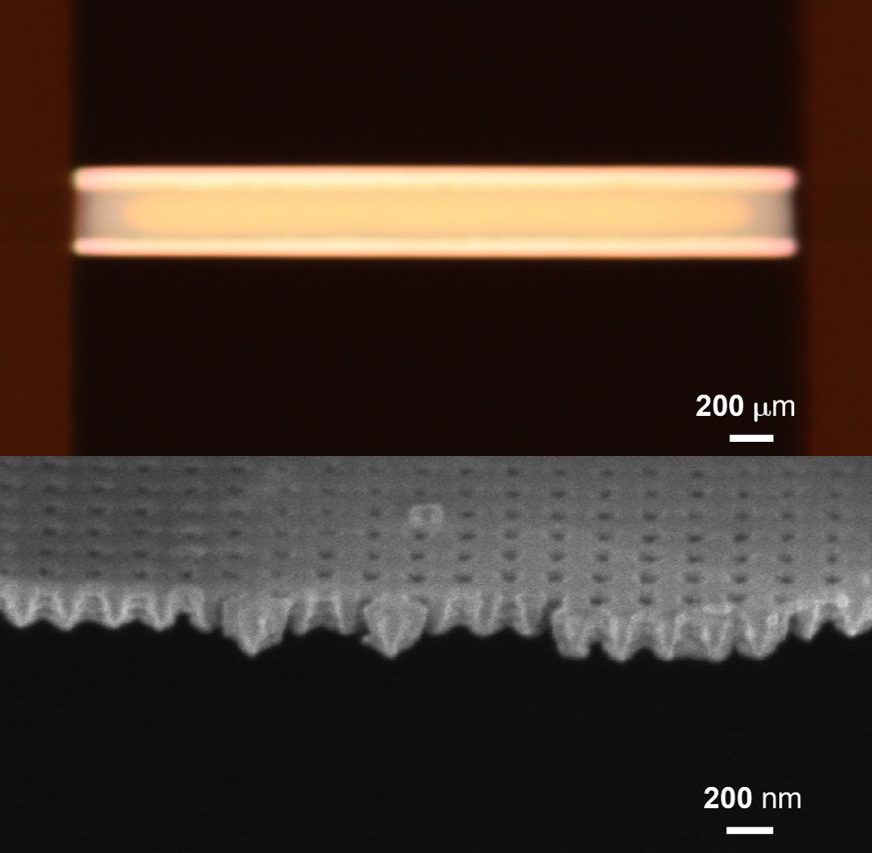
A Unified Relationship for Evaporation Kinetics
We experimentally realized and elucidated kinetically limited evaporation where the molecular gas dynamics close to the liquid-vapor interface dominate the overall transport.
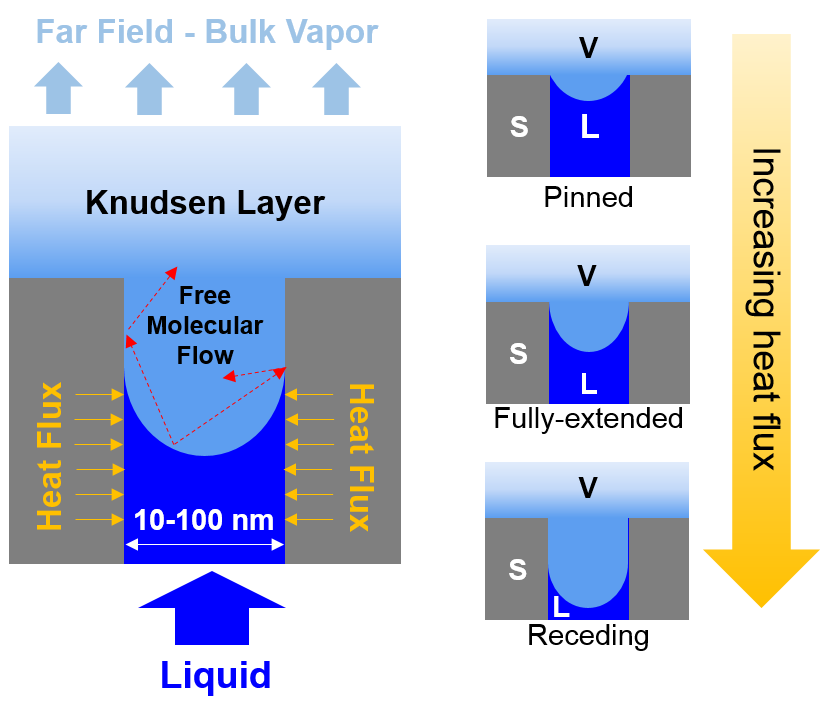
Modeling Evaporation from Nanopores
We present a theoretical framework to elucidate evaporation and transport within nanopores by incorporating non-equilibrium effects due to the deviation from classical kinetic theory.
Liquid-Gas Interface
Manipulate liquid-gas interface behavior with surface engineering to promote/suppress transport phenomena
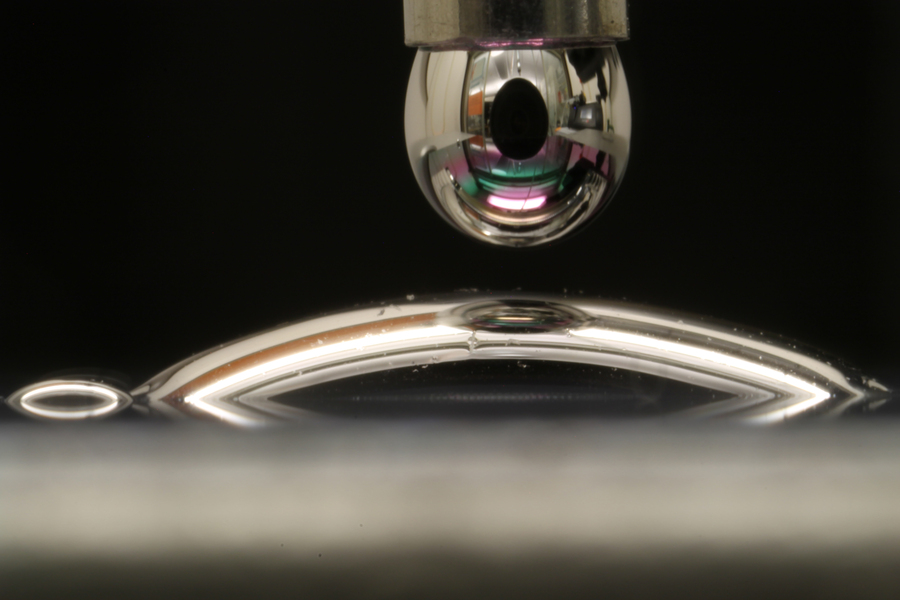
Traditionally Nonwetting Surface Made to Wet Mercury
We present a surface-engineering approach that turns all liquids highly wetting, including ultra-high surface tension fluids such as mercury.
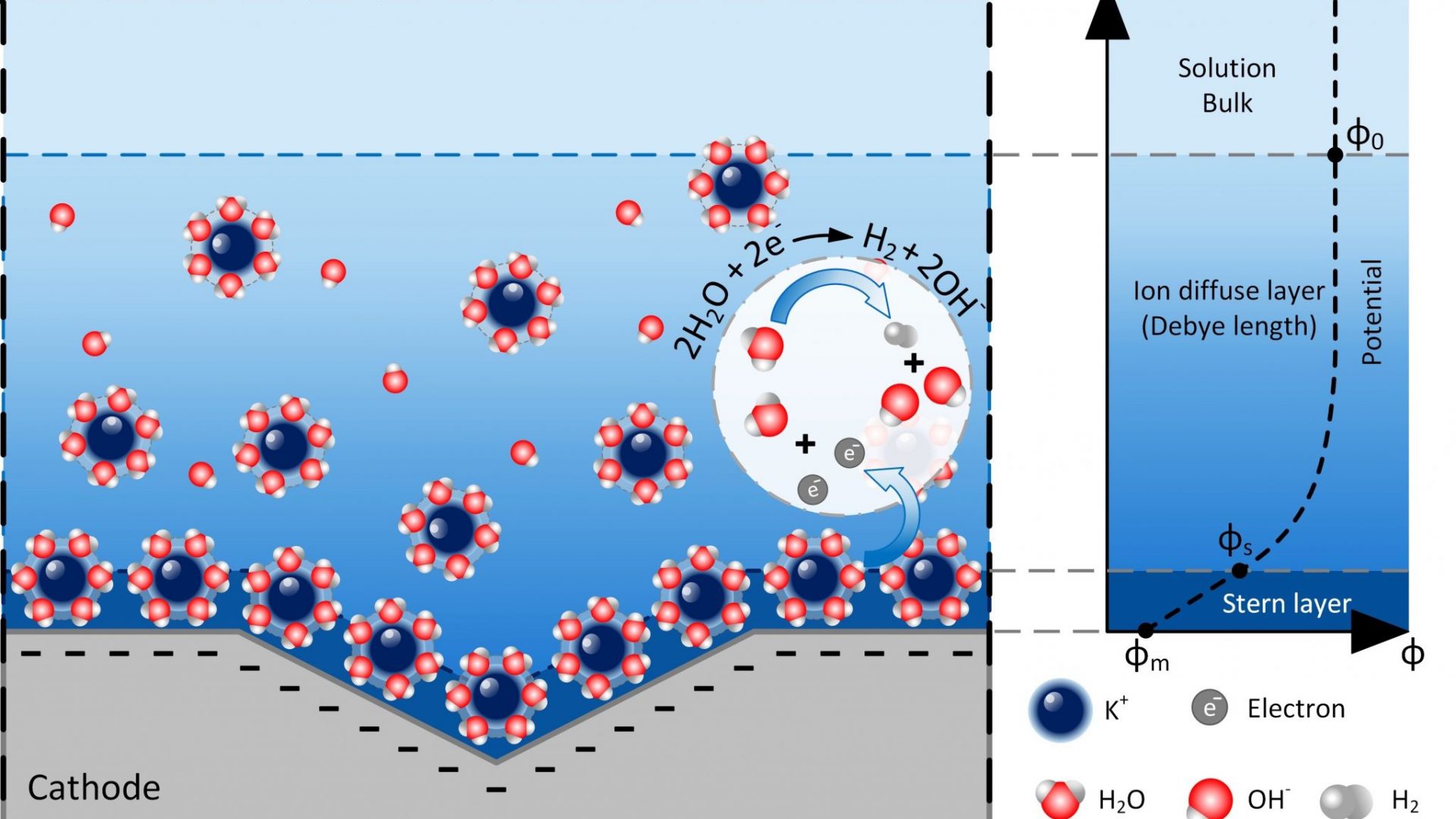
Transport-Based Modeling of Nucleation on Electrodes
Fundamental understanding of the nucleation process, which is critical to system optimization, remains limited as prior works generally focused on the thermodynamics and have not considered the coupling between surface geometries and different forms of transport in the electrolytes.

Coexistence of Contact Line Pinning and Depinning
Textured surfaces are instrumental in water repellency or fluid wicking applications, where the pinning and depinning of the liquid–gas interface plays an important role. We demonstrate that a contact line can exhibit nonuniform behavior even without varying the local energy barrier.
High-Performance Cooling
Leverage phase change together with novel materials and advanced fabrication to create efficient cooling solutions for buildings, food produce, and electronics
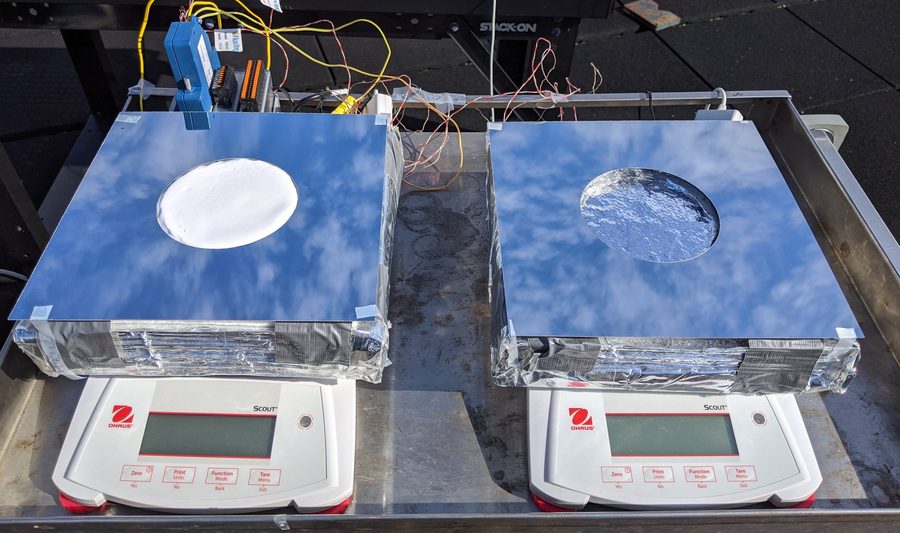
Insulated Cooling with Evaporation and Radiation (ICER)
Passive cooling relying on evaporation and radiation, while offering great energy-saving opportunities, faces challenges with low ambient cooling powers, environmental heating, high water usage, and climate condition constraints.
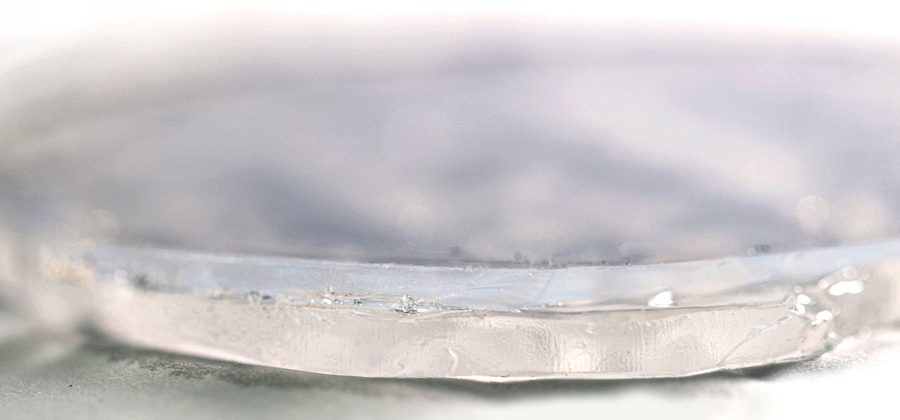
Passive Subambient Cooling with Evaporation-Insulation Bilayer
The state-of-the-art evaporative cooling technologies are largely limited by environmental heating. Here, inspired by the fur layer of desert animals, we address this critical challenge with a transparent bilayer made of hydrogels and aerogels.
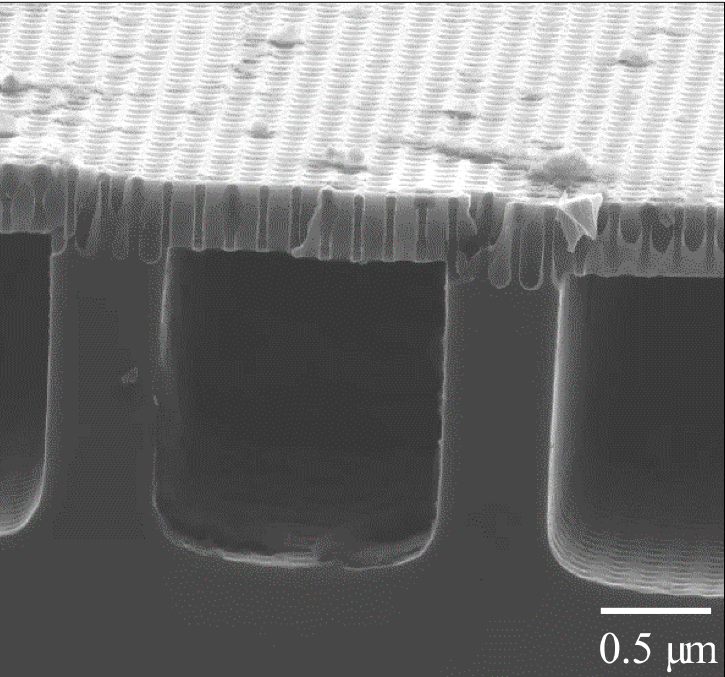
Hierarchical High Flux Evaporative Cooling
A wide range of industrial systems requires using low surface tension liquids where heat transfer enhancement has proved challenging for boiling and evaporation. Here, we enable a new paradigm of phase change heat transfer, which favors high volatility, low surface tension liquids rather than water.